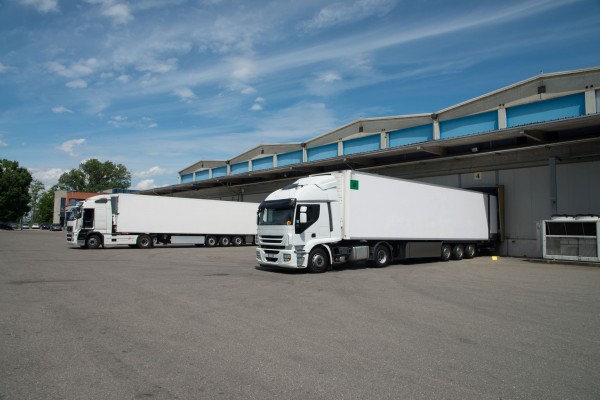The cost of temperature excursions in the pharmaceutical industry
January 26, 2021
With the rollout of the COVID-19 vaccine around the world, the logistical challenges of transporting vaccines have been put under the spotlight. Transporting vaccines is nothing new, but the scale of the COVID-19 operation, and the special conditions some of these vaccines require make this roll out particularly challenging.
If cold chain transport is mismanaged, there is the potential to create temperature excursions. Defined by the World Health Organization, a temperature excursion occurs when a pharmaceutical product is exposed to temperatures outside the range prescribed for storage and transport - resulting in considerable loss of vaccinations.
This wastage can be measured in financial losses, effect on health, and environmental cost.

Money
Prior to the COVID-19 global pandemic, every year over $15 Billion worth of product was lost in the pharmaceutical industry due to temperature excursions. If you add costs such as damage analysis and replacement product, this cost will come to over $35 Billion.
That figure is likely to rise significantly with the huge amounts of COVID-19 vaccine being produced for supply around the world. This is particularly true considering the temperature requirements of the vaccines, which increase the chance of something going wrong.
Health
Generally speaking, the potency of vaccines is temperature sensitive. If doses are exposed to a temperature excursion, their protein structure can be altered rendering them ineffective at protecting against disease.
As replacement vaccines have to be ordered in, and patients need to return for revaccination, the immunization of the population is delayed. Any delay in time of getting a community immunized, especially during a serious pandemic is going to lead to adverse health effects.
Environment
Not often mentioned is the environmental cost of wasted vaccines. While it is hard to find exact data on the value of this, you can build a picture from the raw materials involved in their production, and the fuel and energy required to transport and store the wasted vaccines.

How to avoid these losses during transport
Every part of the cold chain has to be closely monitored and controlled to ensure that temperature excursions do not happen, and vaccines get to the people that need them in a usable state.
Reefer trucking solutions form a large part of this, as they are used to transport vaccines when they are on the ground. These solutions give carriers and shippers the visibility, confidence and control they need to ensure that vaccines are delivered safely. Remote monitoring, two-way reefer control, and door sensors are features designed to put you in control of your cold chain and keep valuable loads safe.
For more information on how Coretex can help you with cold chain transport solutions, get in touch with us today.